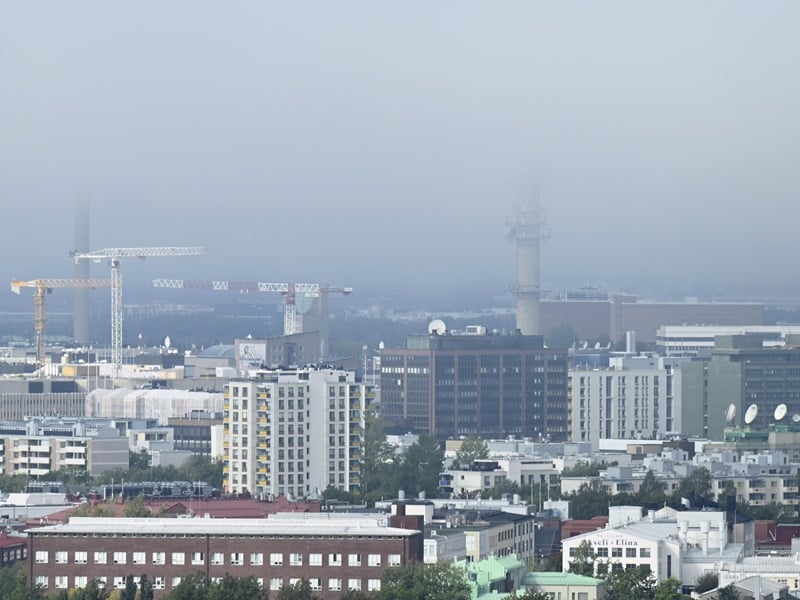If Finland continues to attract immigrants at the record-breaking rate in the coming years, the population could grow to almost six million by 2040, the forecast suggests.
The scenario, though, is but one of the four possibilities identified by the consultancy: The baseline scenario suggests that the rate of immigration will slow moderately and the population will expand to 5.75 million by the end of the next decade. The population would remain at about 5.65 million under the low-immigration scenario and contract slightly to 5.55 million under the extremely low-immigration scenario.
“I’d say that all of these futures are possible because they’re based on real changes and real figures that we’ve seen either in Finland or the Nordics,” Rasmus Aro, the specialist who authored the forecast at MDI, stated to YLE on 11 September.
Immigration will largely determine the rate of population growth due to the slumping birth rate in Finland. Statistics Finland in May reported that the total fertility rate fell to 1.26 in 2023, its lowest level on records dating back to 1776. A rate of about 2.1 would be required to maintain the current population if migration had no impact on the population.
Aro reminded the public broadcasting company that forecasts about immigration contain considerable uncertainty because the rate of immigration may be affected by policy decisions both at home and abroad, as well as global events.
“We know that a significant share of immigration is driven by informal networks, meaning that the experiences of immigrants in Finland will affect future immigration,” he noted.
MDI is, however, certain about two elements of the forecast: the elderly population will grow markedly in the coming years and immigration will not have a substantial impact on the number of primary-school aged children due to the fact that most immigrants are of working age.
Only in the capital region is immigration offsetting the declining birth rate, according to the consultancy.
“The number of over 75-year-olds will grow by hundreds of thousands of people and the number of over 84-year-olds will double by 2040. This will translate to a sharp increase in service needs across the country,” highlighted Aro.
The key question for policy makers and society at large is, what kind of demographic structure is ideal for facing the imminent reality?
In Finland, immigrants are relocating predominantly to the capital region. Although all regions have reported gains from international migration, many regions and municipalities are struggling to hold on to immigrants. Uusimaa and Southwest Finland, in fact, are the only two regions benefiting from internal migration flows.
“Immigration is distributed pronouncedly unequally within the country,” Aro said in a press release on 11 September. “The increase in immigration is not having too meaningful of an impact on population development in about 75 per cent of municipalities. In addition, immigrants are relocating actively within the country, aggravating the unequal distribution.”
Most Finnish municipalities have to therefore brace for a sharp decline in the number of working-age residents and its negative impacts on the municipalities and municipal residents.
The appeal of the capital region can be attributed to factors such as better employment prospects, particularly for someone with a limited command of Finnish, and easier entry into the local community, estimated Aro to YLE. Holding on especially to newly graduated immigrants is pivotal for the long-term vitality of municipalities.
“If you think about industrial activity in Finland, for example, it’s focused strongly on medium-sized and smaller towns. The risk in some of these towns is that there isn’t enough labour,” he said.
Aleksi Teivainen – HT

























![Dear China, please find enclosed the farking pandas you sent. Reason for return: they don't farking work. Warmest regards, Finland [Fail]](https://europe.easybranches.com/images/2024/09/450x250/6852535.jpg)







